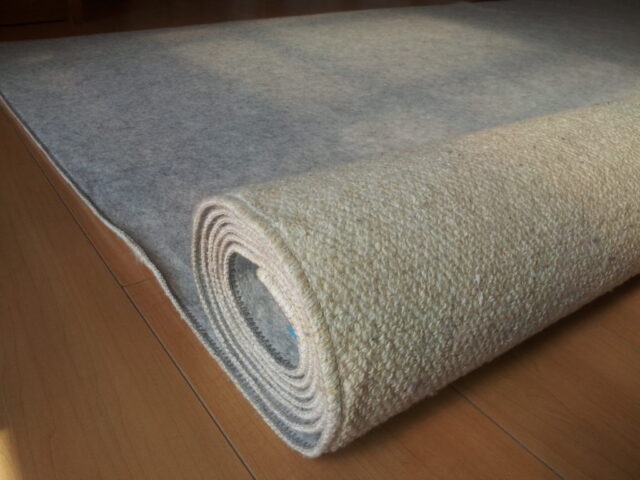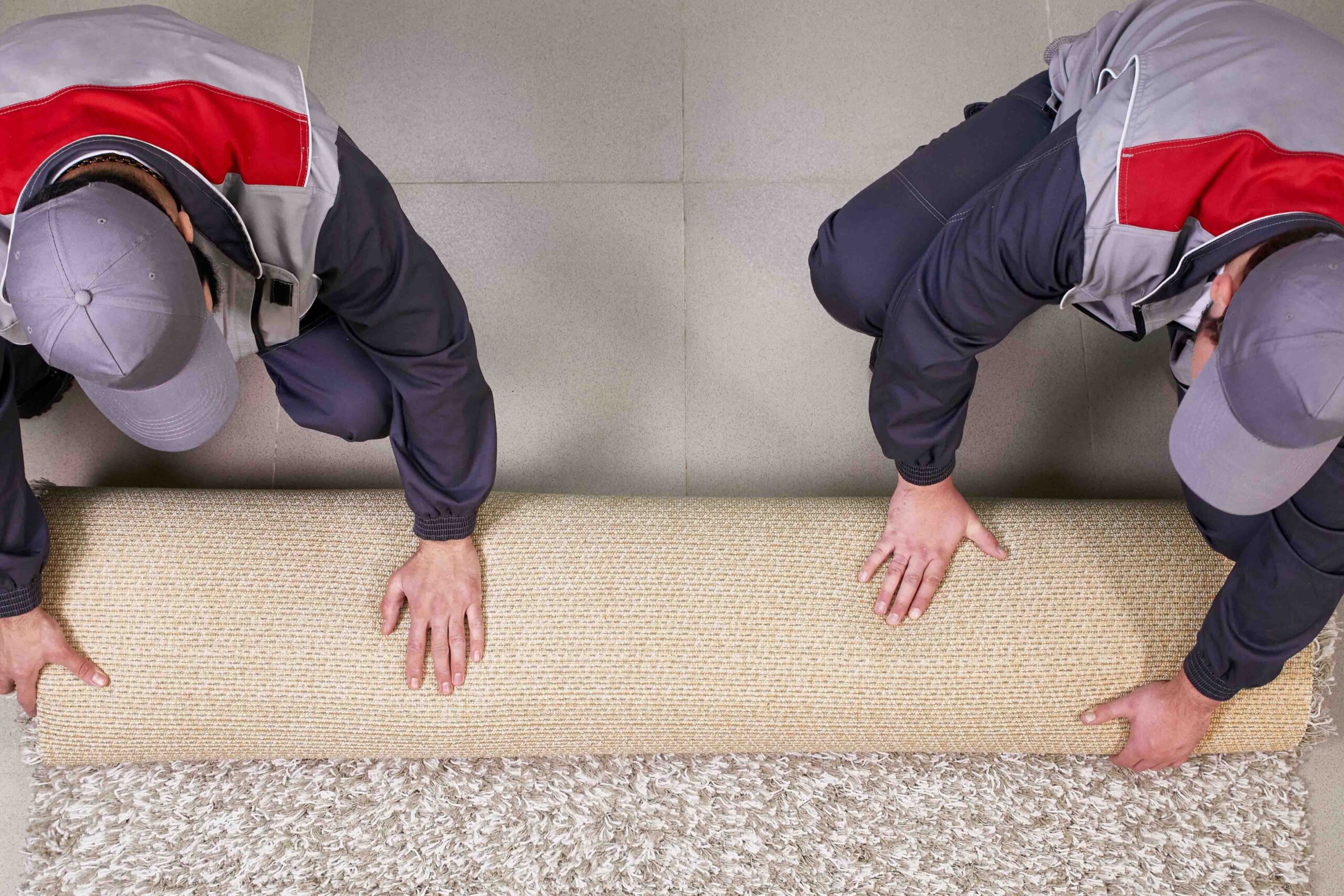When you’re in the midst of packing numerous belongings into moving boxes, it’s all too easy to overlook items that don’t quite fit into standard containers. Rugs often fall into this category, and contrary to popular belief, simply rolling them up and tossing them in the moving truck isn’t the best approach. Like any other item in your inventory, there’s a proper way to pack rugs to minimise the risk of damage during the transition from your old home to the new one.
If you’re hiring professional movers, you can leave this task to them. In case you’re opting for a do-it-yourself move, consider visiting the website of local movers to see if they offer affordable packing materials.
Materials you’ll need:
- Strings or rope
- Packing paper, blankets, or thick wrappers
Amid the hustle and bustle of sorting and packing, it’s common to neglect items that can’t be neatly stashed in boxes, such as your rugs.
Whilst it might be tempting to roll up a rug and toss it into the moving vehicle once everything else is packed, this isn’t advisable. There are essential steps to ensure your rug’s safe transport to your new home.
1. Assess and decide which rugs to keep

If you have a collection of rugs at home, take a moment to evaluate the condition of each one and determine whether they’re worth the time, money, and effort to clean and transport to your new residence. If some rugs are worn out or you’re not particularly attached to certain pieces, consider recycling or leaving them behind. This not only presents an opportunity to acquire new rugs but also saves you the effort of preparing and relocating them.
2. Prepare and clean your rug
Proper care and maintenance are essential for keeping your rugs in good condition. If you intend to take your rug with you when you move, it’s crucial to thoroughly clean and dry it, especially if your belongings will be in storage for some time. Use a vacuum cleaner to remove dust, food particles, and any debris lurking in the fibres and beneath the rug. After cleaning, allow the rug to bask in the sunlight for a few hours.
You might also consider washing the rug or having it professionally cleaned, especially if you have area rugs that are soiled or have endured years of use.
3. Roll the rug

Flip the rug so that the pile or the front side faces outward when rolling it up. The backing of the rug is more delicate and susceptible to damage when rolled with the pile facing inwards. Rolling it with the pile outwards helps prevent issues such as cracks or strains on the backing. Start rolling from the shorter side and ensure the roll is tight and secure.
4. Wrap and secure the rug
Fasten the roll with a string or rope. Once secured, wrap the rug using packing paper, thick blankets, or any suitable wrapping material to provide additional protection. Secure the wrapping in place using a string, rope, or packing tape.
5. Positioning in the moving vehicle
When loading the rolled rug into the vehicle, avoid placing other items, especially heavy objects, on top of it if it’s lying flat. While it might withstand the weight of additional items, it could lead to irreparable damage. It’s also advisable to position the rug upright to maximise the available space in the vehicle.






